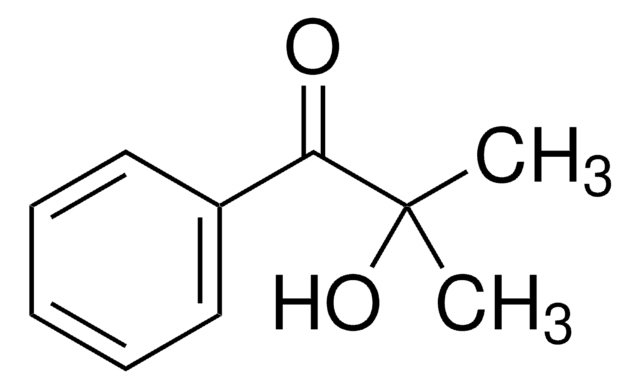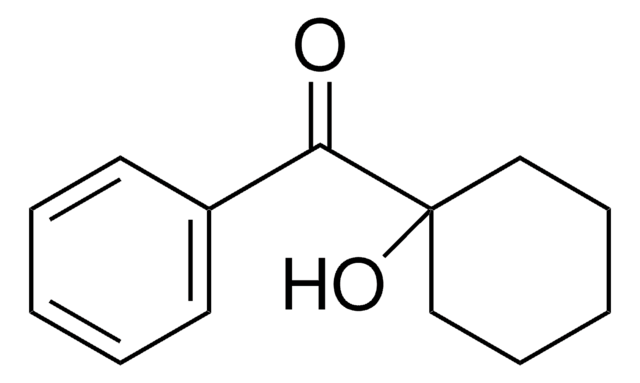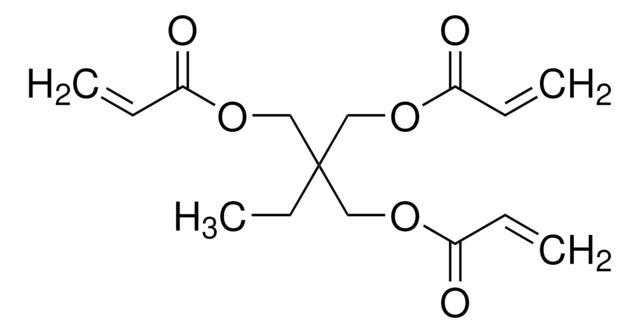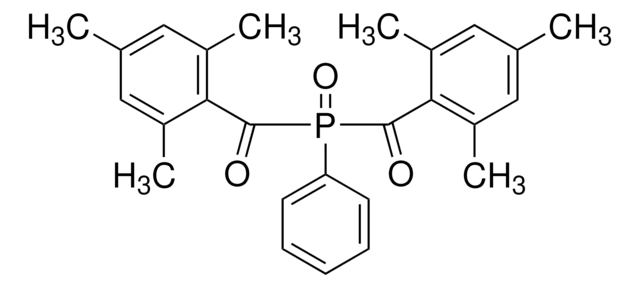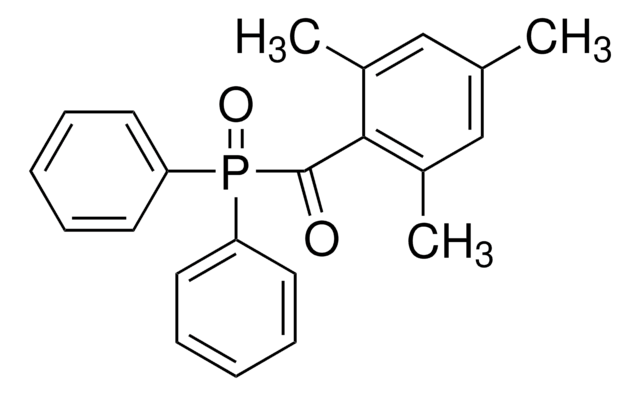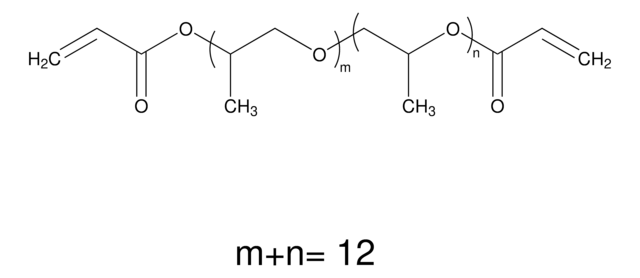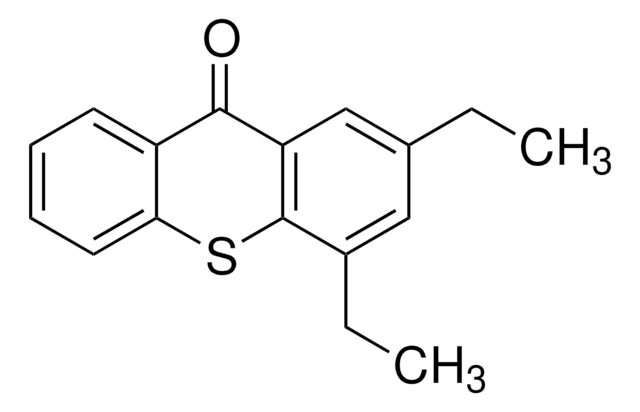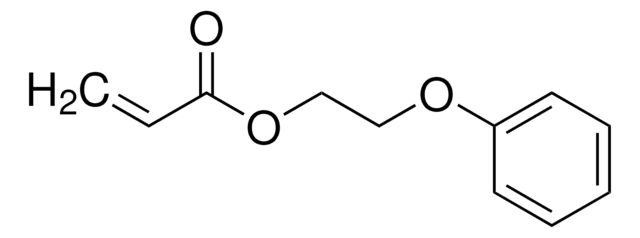246832
Tri(propylene glycol) diacrylate, mixture of isomers
contains MEHQ and HQ as inhibitors, technical grade
Sinónimos:
TRPGDA
About This Item
Productos recomendados
grade
technical grade
Quality Level
vapor density
>1 (vs air)
vapor pressure
<0.01 mmHg ( 20 °C)
form
liquid
contains
150-220 ppm monomethyl ether hydroquinone and hydroquinone (total inhibitor)
refractive index
n20/D 1.45 (lit.)
density
1.03 g/mL at 25 °C (lit.)
SMILES string
CC(COC(C)COC(=O)C=C)OCC(C)OC(=O)C=C
InChI
1S/C15H24O6/c1-6-14(16)20-12(4)9-18-8-11(3)19-10-13(5)21-15(17)7-2/h6-7,11-13H,1-2,8-10H2,3-5H3
InChI key
ZDQNWDNMNKSMHI-UHFFFAOYSA-N
signalword
Warning
hcodes
Hazard Classifications
Aquatic Chronic 2 - Eye Irrit. 2 - Skin Irrit. 2 - Skin Sens. 1 - STOT SE 3
target_organs
Respiratory system
Storage Class
10 - Combustible liquids
wgk_germany
WGK 2
flash_point_f
307.4 °F - closed cup
flash_point_c
153 °C - closed cup
ppe
Eyeshields, Faceshields, Gloves, type ABEK (EN14387) respirator filter
Elija entre una de las versiones más recientes:
¿Ya tiene este producto?
Encuentre la documentación para los productos que ha comprado recientemente en la Biblioteca de documentos.
Los clientes también vieron
Nuestro equipo de científicos tiene experiencia en todas las áreas de investigación: Ciencias de la vida, Ciencia de los materiales, Síntesis química, Cromatografía, Analítica y muchas otras.
Póngase en contacto con el Servicio técnico
